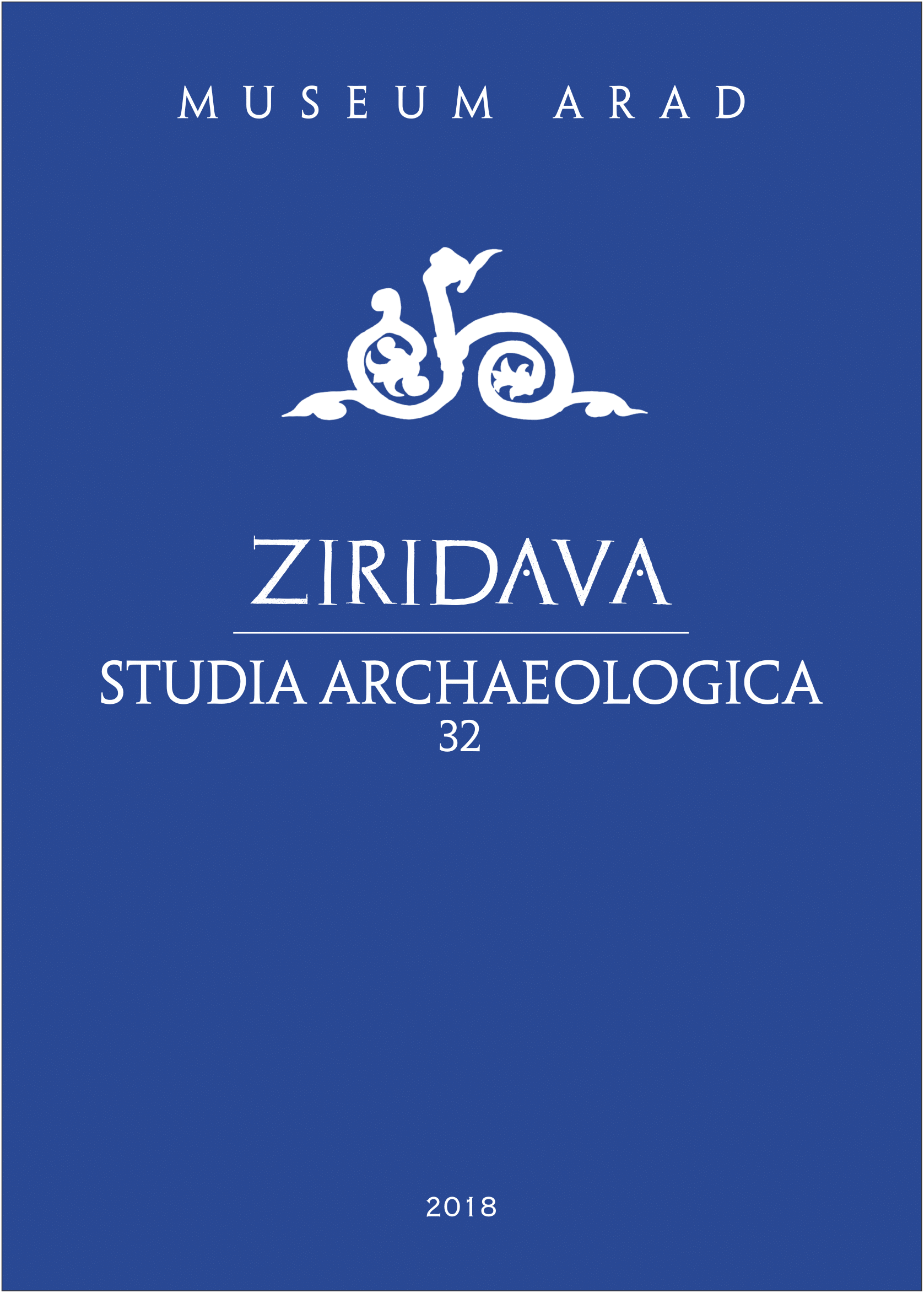Siedlungsteil der Boleráz- und der Badener Kultur aus Szurdokpüspöki–Hosszú-dűlő (Kom. Nógrád, Ungarn)
Settlement part of Boleráz and Baden culture from Szurdokpüspöki-Hosszú-dűlő (Nógrád County, Hungary)
Author(s): Tünde Horváth, Szilvia Guba, Gábor BácsmegiSubject(s): Archaeology
Published by: Editura Mega Print SRL
Keywords: north-eastern Hungary; Late Copper Age; separation of Boleráz-Baden finds the R BZ B1 material;
Summary/Abstract: The excavation report described a Boleráz-Baden-Kostolác settlement part with peculiar features, namely two enclosures near each other and post-framed structures inside the ditches at Szurdokpüspöki, a site lying on the bank of the River Zagyva in the piedmont between the Mátra and Cserhát Mountains. The assessment of the find material indicated that the enclosures can be dated to the Lengyel and Late Bronze Age periods, while the so-called Kostolác finds can be assigned to the Tumulus culture. Settlement parts of both the Boleráz and the classical Baden culture were uncovered at the site, which can play a key role in the research of the Late Copper Age in this region. No Boleráz sites have so far been found in the Northern Mountain Range. The so-called Ózd-Piliny and Salgótarján groups were previously described as representing the latest Baden groups (although without hard archaeological evidence or radiocarbon dates to substantiate this claim). Despite its small size, the occupation patterns of Boleráz and Baden observed at the Szurdokpüspöki site, their find material (and especially their separation from the Tumulus finds) and their relationship to each other in the Late Copper Age yielded important new insights.
Journal: Ziridava. Studia Archaeologica
- Issue Year: 32/2018
- Issue No: 1
- Page Range: 7-40
- Page Count: 33
- Language: English

